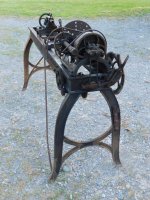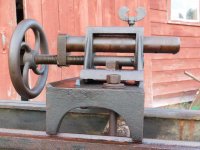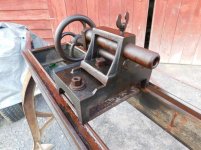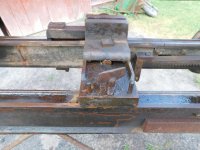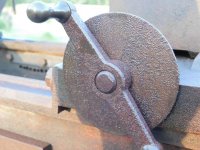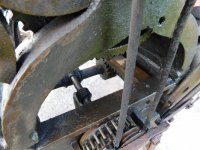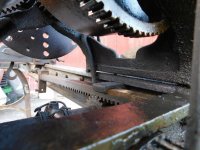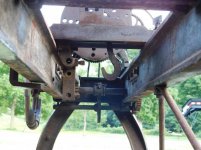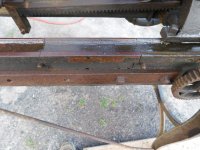esbutler
Aluminum
- Joined
- Oct 14, 2013
- Location
- Sloansville, NY
Here is the second installment following up on https://www.practicalmachinist.com/...ory/two-very-early-lathes-cheap-ny-cl-351289/
I confess one obvious aspect of this lathe didn't even click with me until I started picking out some pictures to share this evening - the cone is opposite of almost all other lathes. The steps get bigger as you get farther away from the spindle nose.
Here are some overall shots.
I confess one obvious aspect of this lathe didn't even click with me until I started picking out some pictures to share this evening - the cone is opposite of almost all other lathes. The steps get bigger as you get farther away from the spindle nose.
Here are some overall shots.



